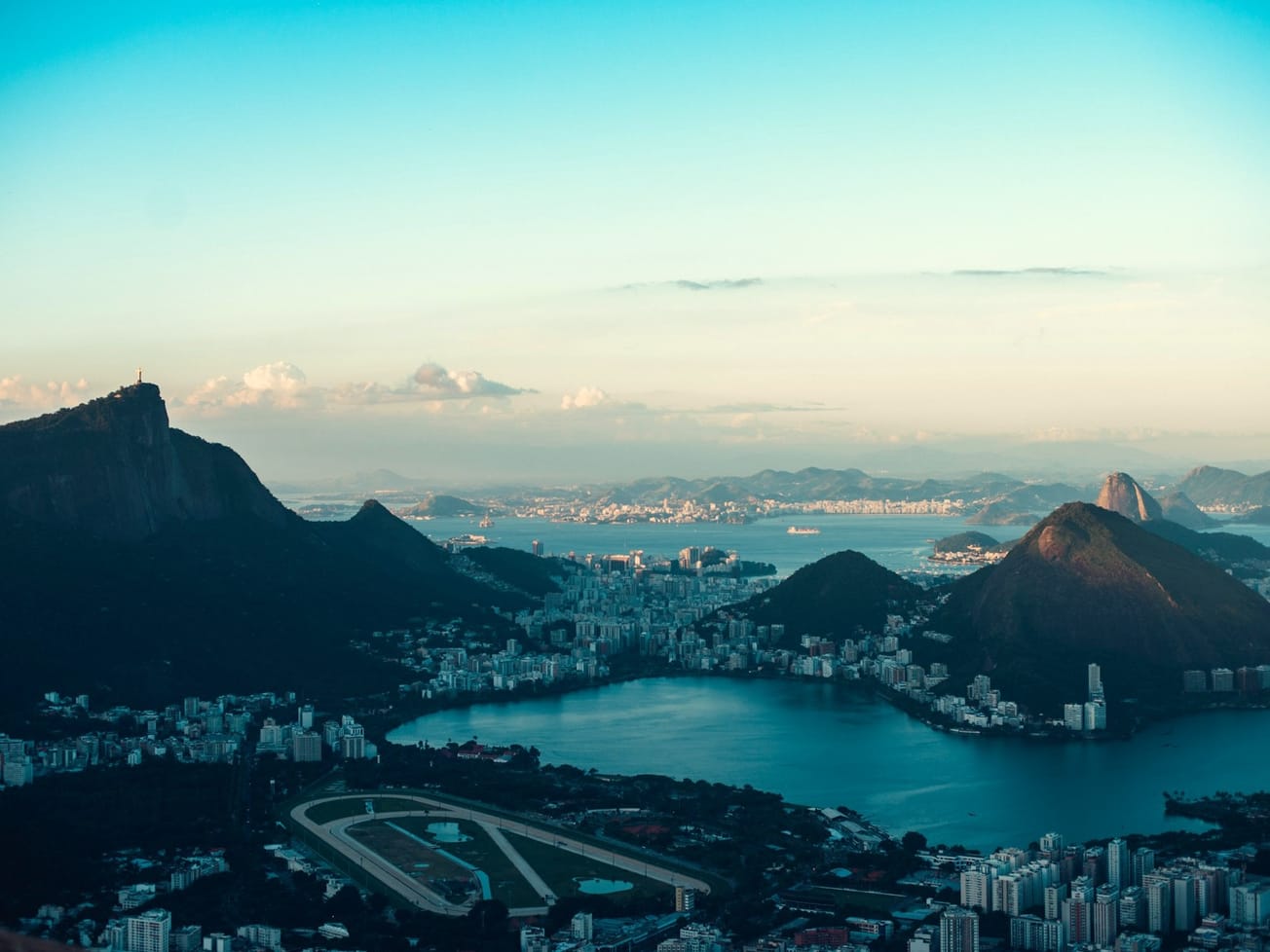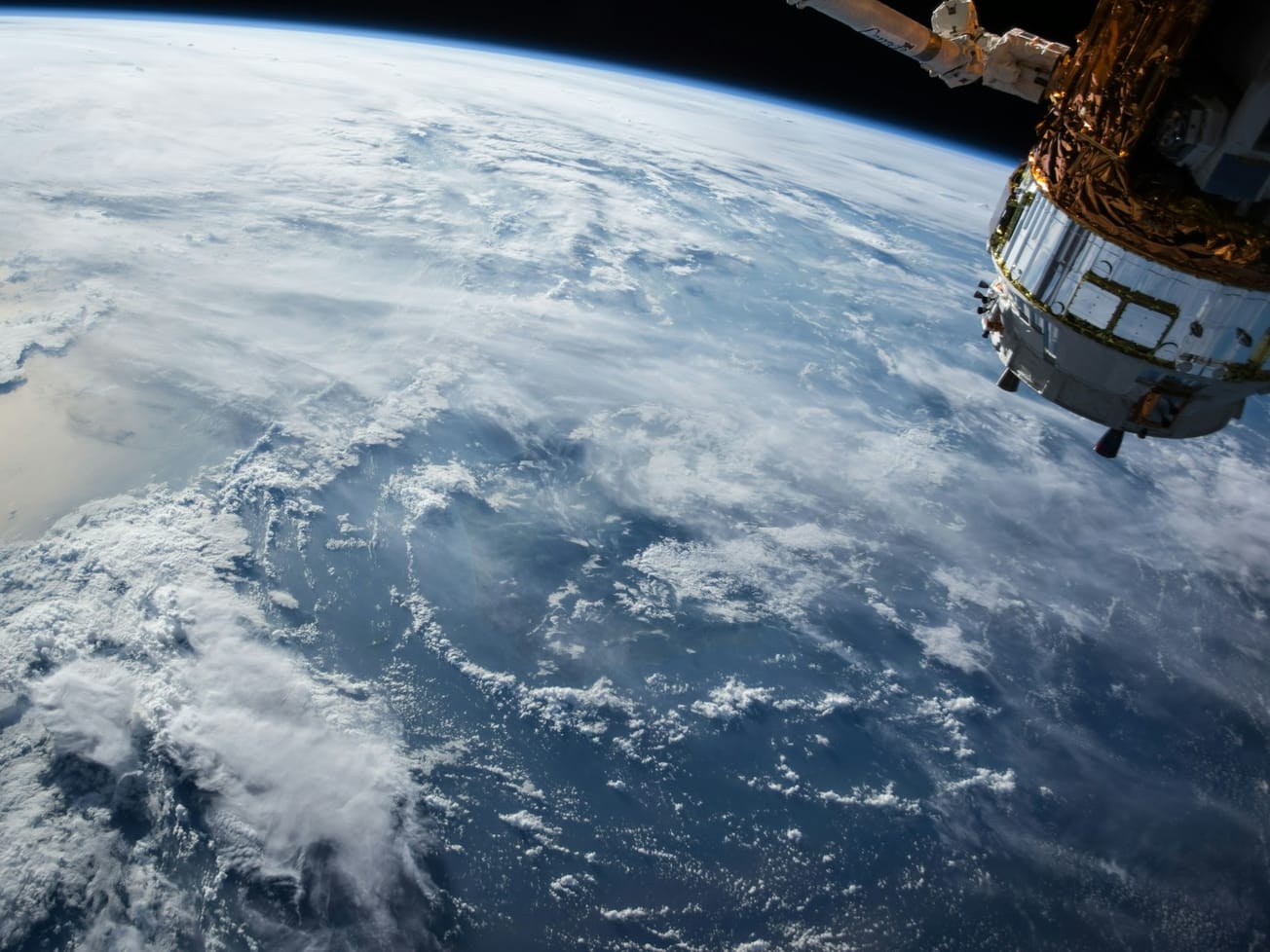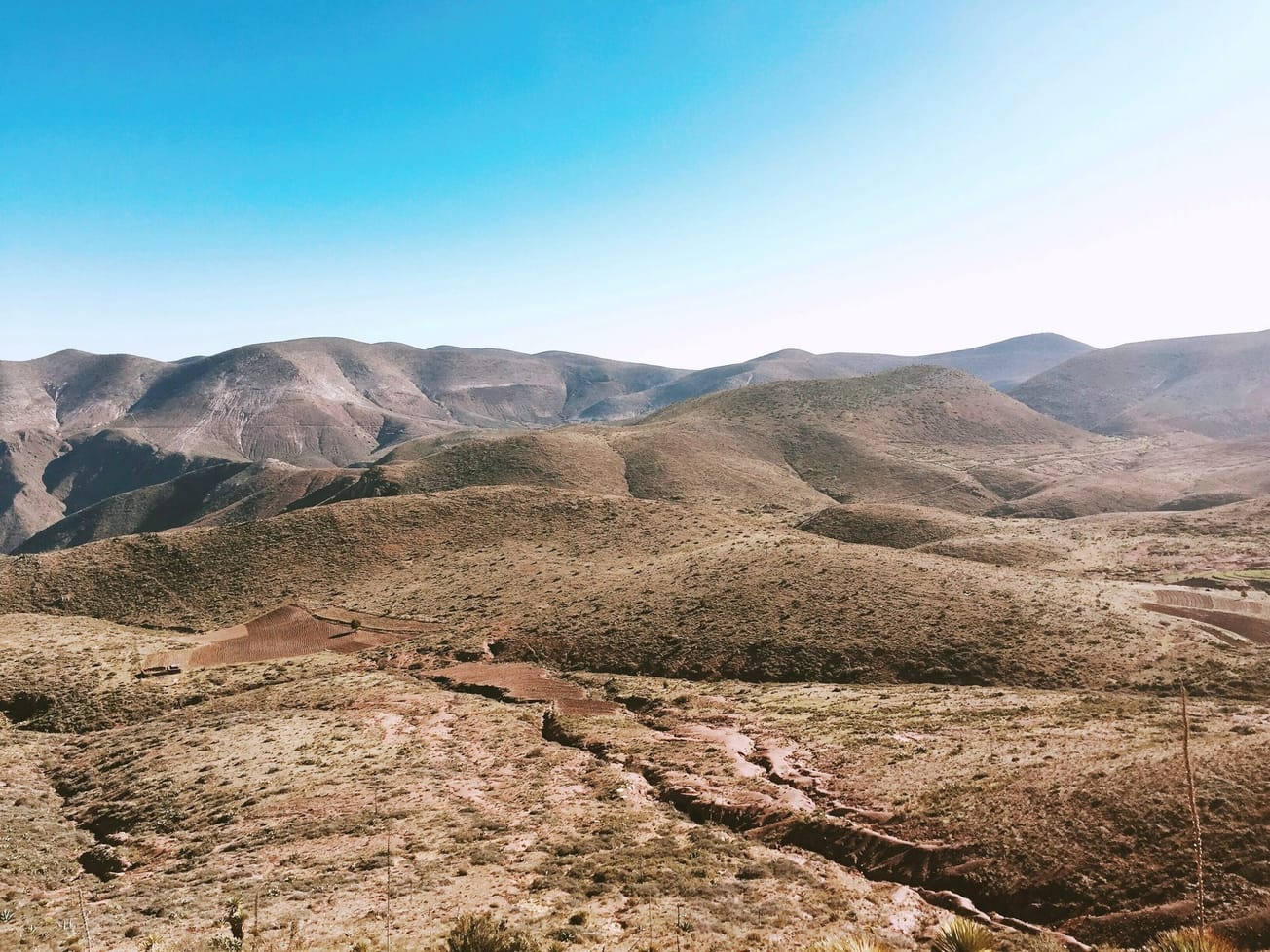
French Riviera's ocean summit aims to prevent 'Wild West' lawlessness
The summit created momentum for the adoption of the first legally binding rules to better protect international waters.
Already have an account? Log in
The summit created momentum for the adoption of the first legally binding rules to better protect international waters.
The head of the International Peace Institute praised the treaty negotiators for their 'amazing' critical problem-solving.
The order would allow exploratory mining of the ocean floor that is overseen by an organization the U.S. hasn't joined.
The averate rate of gains for women-held seats accelerated between 2000 and 2015, but slowed in the last decade.
Record heat and rightward political shifts toward nationalist self-interest undermine efforts to cut fossil fuel dependence.
Seventy-nine of the International Criminal Court's member nations and E.U. leaders blasted Trump's executive order.
WHO's emergency moves follow months of warnings the U.N. health agency faces severe impacts if U.S. funding dries up.
Trump's speech to Davos contrasted sharply with other leaders' creation of a Global Energy Transition Forum.
The South African president invoked Nelson Mandela's emphasis on global 'interdependence' and cooperation.
The group named for Brazil, Russia, India, China and South Africa targets social inclusion and global governance reforms.
A new World Meteorological Organization system for data sharing aims to spread technology among developing nations.
People living in drylands doubled to 2.3 billion, more than a quarter of the world population, in the past three decades.
Some nations hope to use BRICS as a financial platform to defy the West, but the bloc also has geopolitical divisions.
WHO says it needs $11.1 billion for its core work over the next four years, but has only $4 billion in projected income.
The U.N. and dozens of nations demanded Israel stop firing at U.N. peacekeepers while attacking Hezbollah in Lebanon.
The U.N. weather agency calls for urgent action to protect water supplies, the ‘canary in the coalmine of climate change.'














